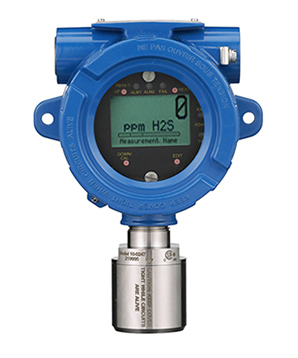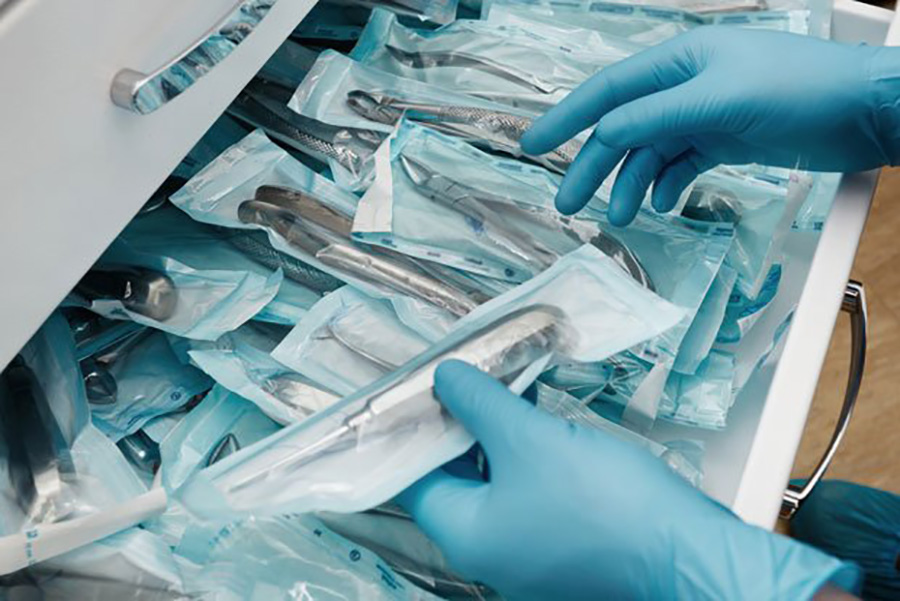Sterilizing Medical Devices Using Ethylene Oxide
- By : PureAire Monitoring Systems
- Posted on : April 28, 2023
- News Room
According to the Centers for Disease Control and Prevention, 48.3 million procedures were performed at hospitals and ambulatory surgery centers in the United States in 2010. Healthcare providers and patient advocates understand that infection prevention requires meticulous sanitation and sterilization of all facilities, equipment, and instruments used in surgery settings. According to the World Health Organization, post-operative infections contribute to patients’ spending extra days in the hospital, at a cost of some $900 million per year. Medical devices that are sterilized to eliminate potentially harmful pathogens and microorganisms are critical to delivering safe and cost-effective patient outcomes.
Medical Device Sterilization
Sterilization is to thoroughly clean and disinfect medical and surgical devices in order to prevent infection by killing any microorganisms (i.e., bacteria, viruses, or fungi) that might otherwise be present in the devices, and that could pose significant risks to patients.
There are a variety of sterilization methodologies in use in the healthcare industry (including, among others, steam under pressure/autoclave, dry heat, ultraviolet radiation, and gas vapors), and the most effective sterilization process in a given situation may depend on the specific type of device subject to sterilization. That is, sterilization of medical and surgical devices works best when proper techniques are used on the appropriate devices.
By way of example, the high-temperature steam autoclave is the oldest sterilization technique in the medical equipment industry, and it is extremely safe, but it is not well-suited for instruments that are sensitive to prolonged exposure to heat and/or moisture. For instance, the buildup of water droplets (as a result of high-temperature steam autoclave sterilization) inside device components can corrode materials that should not be exposed to water. Likewise, instruments with plastic or electronic components could become damaged when exposed to high temperatures and steam
Sterilization Using Ethylene Oxide Gas
The use of ethylene oxide gas (EtO) has become a practical alternative to medical device sterilization via steam autoclave.
EtO was first used as a chemical sterilant in the 1950s and, since then, low-temperature EtO gas sterilization has become one of the more commonly used sterilization methods in the healthcare industry. According to the Ethylene Oxide Sterilization Association, ethylene oxide is used to sterilize over 20 billion medical devices each year in the U.S., representing over 50% of the medical devices and nearly 90% of the surgical kits used by the healthcare industry.
EtO is a preferred sterilization method in large part because, given its low-temperature application, it will not damage medical equipment, complex implantable devices, surgical kits, and other instruments that require sterilization. Ethylene oxide has a wide range of material compatibility; it is suitable for use on materials that cannot tolerate heat, moisture, or abrasive chemicals, such as electronics, plastic, paper, and rubber, and the gas can penetrate small spaces inside the devices, and can even sterilize medical instruments that have already been packaged in plastic.
Protecting Employees Working in EtO Device Sterilization Environments
While ethylene oxide sterilization is widely used in sterilizing medical and surgical devices, there are concerns about the potential negative effects on employees working with EtO, since personnel and property are exposed to the possibility of leaks from gas supply lines and storage containers. Long-term exposure to ethylene oxide can irritate the eyes, skin, nose, throat, and lungs, and harm the brain and nervous system, and it has been linked to cancer.
Ethylene oxide is a highly combustible, flammable, and colorless gas that has a sweet, ether-like odor at toxic levels. However, the odor’s presence and strength cannot be relied upon to ensure safety; therefore, absent appropriate monitoring to detect that a leak or an accumulation of ethylene oxide has occurred, sterilization employees could face serious health risks from working in enclosed, poorly ventilated areas.
Best practices when working with EtO include, but not limited to, the use of goggles, protective clothing, and the installation of gas monitoring systems. The National Fire Protection Association (NFPA) recommends installing gas detection monitors in all areas where EtO is used. According to the NFPA, the gas monitors should provide audible and visual warnings to indicate when concentrations of ethylene oxide exceed a level of 25% of the lower limit of flammability of ethylene oxide. Furthermore, the gas detection system should automatically shut off the flow of gas and automatically turn on the buildings’ ventilation system.
 PureAire Monitors
PureAire Monitors
PureAire Monitoring System’s ST-48 Ethylene Oxide (EtO) Combustible Gas Monitor offers continuous gas monitoring at medical sterilization facilities. The monitor is housed in a NEMA 7 explosion-proof enclosure specifically designed to prevent an explosion and is suitable for Class 1, Divisions 1 & 2, Groups A, B, C, and D.
PureAire’s EtO Combustible Gas Monitor features an easy-to-read screen, which displays current gas levels for at-a-glance observation by employees, who derive peace of mind from the monitor’s presence and reliable performance. In the event that ethylene oxide reaches an unsafe level, PureAire’s monitors will set off alarms, complete with horns and flashing lights, alerting personnel to evacuate the area. At the same time, the monitors can be programmed to turn off the flow of gas and turn on the ventilation system.



